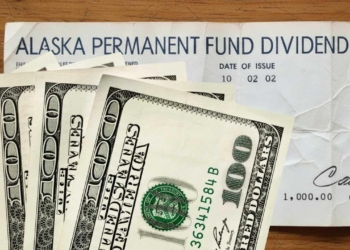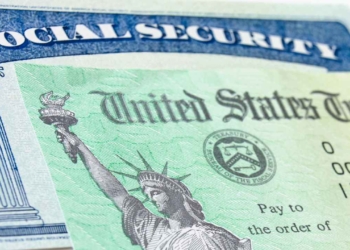If you have not received your Social Security Disability Insurance payment yet, it could be in your bank account in one week or in two at the latest. SSDI payments will be delivered on January 15 if you were born from the 11th to the 20th.
Those born from 1-10 may have received their monthly disability payment on January 8. If you have not received it yet, contact your financial institution or bank first. Waiting for three mailing days for your payment is essential before you contact Social Security to report a missing payment.
SSDI payment after January 15
Some Disability Insurance recipients were born from 21-31. Therefore, their monthly SSDI check or deposit will be delivered on the fourth Wednesday in January.
Hence, those born after the 10th will not get their disability payment until January 22, 2025. If you received your Disability Insurance on January 3, February 3 will be your next payday.
Those who get Social Security on February 3 and SSI too, will get their Supplemental Security Income payment for February on January 31, 2025. Good news because all SSI and SSDI in January and February will also include the COLA increase.
How much will SSDI recipients get in January?
Although their amount will be different, all SSDI recipients will benefit from a 2.5% extra thanks to the Cost-of-Living Adjustment. On average Disability Isnurance payments will be about $1,580 in January.
Some workers may get a lower-than-average check or deposit if they were not able to work for long due to their disability. Few recipients may collect up to $4,018.
For your information, the largest SSDI payments in 2025 are for those who:
- worked for 35 years
- had jobs that were covered by the Agency
- paid enough taxes
- earned the taxable maximum for 35 years
- have a qualifying disability
- filed at the required age since early filing reduces your Social Security payment
- got SSA’s approval
How does the length of time I worked affect my SSDI payment amount?
Earning Work Credits
- SSDI is funded through payroll taxes (FICA) that you pay while working.
- As you work, you earn “work credits.” In 2023, you earn one credit for every $1,640 in wages or self-employment income, up to four credits per year.
- Generally, you need 40 credits in total, with at least 20 credits earned in the last 10 years before becoming disabled, to qualify for SSDI. (These numbers can vary, especially if you become disabled at a younger age.)
Average Indexed Monthly Earnings (AIME)
- The SSA calculates your AIME by adjusting your historical earnings (indexed for inflation) and then taking an average of your highest-earning years.
- The longer you have worked—and the higher your total earnings—the greater your AIME is likely to be.
Primary Insurance Amount (PIA)
- The SSA uses your AIME to determine your Primary Insurance Amount (PIA), the basis for your monthly disability payment.
- A formula is applied to your AIME in “bend points,” which yields your PIA. In general, higher lifetime earnings lead to a higher PIA and thus a higher SSDI benefit.
Why Time Worked Matters
- Higher Earnings Record: Working more years with covered earnings usually increases your AIME.
- Fewer Zero-Earnings Years: If you worked fewer years, zero-earnings years may be included in the average for your benefit calculation—reducing your
- AIME and, therefore, your monthly payment.
- Eligibility: You must have a sufficient number of work credits for SSDI in the first place. If you haven’t worked enough years, you may not qualify at all.







